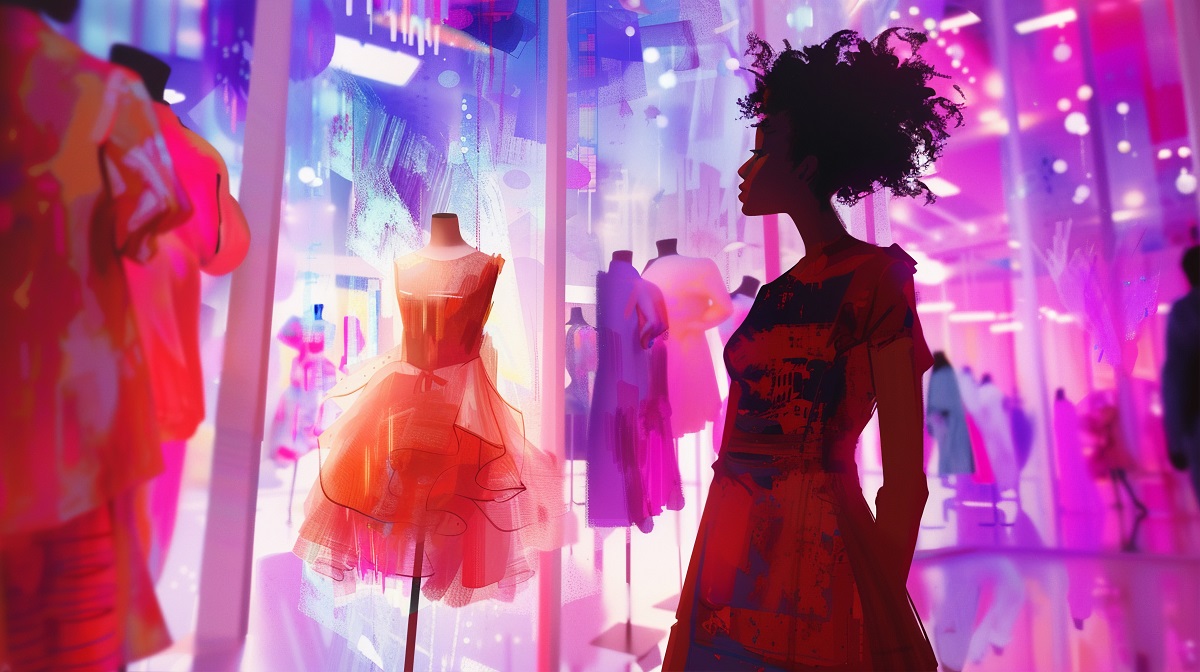How ai-generated models are replacing costly photoshoots in the fashion industry

The fashion world never stands still, but recent advances put a spotlight on efficiency and budget-friendly solutions like never before. For years, brands devoted substantial resources to traditional photoshoots: hiring physical models, booking locations, and managing complex logistics. Now, with rapid progress in technology, many businesses consider ai-generated models as practical alternatives—especially when reducing costs is a top priority.
Why is the fashion industry embracing virtual models?
Fashion brands constantly face budget pressures. Between designer partnerships and seasonal campaigns, every expense counts. Virtual models generated by AI help eliminate physical model fees and location costs, allowing companies to redirect resources where they matter most. This shift marks more than a passing trend; it signals a new era of creative production.
For teams working within tight budgets, the appeal of replacing traditional photoshoots is clear. Photorealistic images can be created in just hours, not days. This approach also gives brands total control over campaign details—something difficult to achieve with standard shoots.
Comparing costs: traditional photoshoots vs. ai-generated models
Cost often drives the transition to digital solutions. Looking at various budget scenarios highlights why so many companies turn to AI tools instead of classic workflows. To see a real-world example of this transition and how these solutions can impact your business, visit https://www.fame-creator.com/.
Though initial investments in AI software may appear high, ongoing savings from reduced staffing, lower location fees, and streamlined logistics quickly add up. Brands that update products frequently or produce seasonal lookbooks benefit most from adopting these technologies.
Breaking down a typical photoshoot budget
A standard campaign involves several key expenses:
- Model fees, including agency rates
- Salaries for photographers and assistants
- Studio or location rentals
- Travel and accommodation costs
- Wardrobe stylists, makeup artists, and support staff
- Editing and post-processing charges
Together, these factors can push budgets into the tens of thousands—even for modest shoots. In fast-paced environments, managing multiple shoots each month drains resources even faster.
Budget considerations with virtual models
Switching to ai-generated models typically involves subscription or usage-based software fees. Once implemented, these platforms allow nearly limitless variations at minimal extra cost. Mockup generators enable brands to easily adjust colors, poses, or backgrounds without starting over.
Instead of waiting days for edited proofs, final images become available almost instantly. The scalability offered by these tools ensures collections of any size can be produced without exceeding budget constraints.
Creating photorealistic images with ai-generated models
Recent improvements in image generation have greatly enhanced both realism and customization. These solutions do not just produce generic avatars—they deliver lifelike faces, natural poses, and precise garment details.
For marketing, social media, or online stores, these advances ensure that virtual models can be just as effective—if not more so—than physical ones. Brands seeking fresh visual content for diverse audiences can instantly generate new looks and styles.
The advantages of photorealism in digital imagery
Creating believable visuals is essential for building trust and driving engagement. AI now enables adjustments to lighting, realistic textures, and natural skin tones, making it hard to tell real from artificial subjects.
This realism is vital for industries like fashion, where image quality directly influences sales. Many designers use mockup generators to preview clothing on different body types before launching new collections.
Challenges still facing virtual models
Despite rapid progress, some challenges remain. Accurately representing fabrics, capturing subtle expressions, or ensuring diversity across looks requires ongoing refinement.
Brands must guarantee that generated content aligns with their values and aesthetic standards. Sometimes, blending AI-generated visuals with real photography achieves the best balance between innovation and authenticity.
Time savings and scalability: two key benefits
Shortening production cycles is crucial for staying ahead. Companies no longer need to juggle schedules or wait for samples to arrive. With just a few prompts, new collections are visualized instantly.
Scalability is now about flexibility—not about expanding teams or stretching financial limits. Launching a single product or an entire collection becomes simple, as ai-generated models adapt easily to any workflow without extra personnel.
Faster approvals and iterations
Decision-makers can review several variations within minutes. This agility allows creative directors and designers to experiment and refine concepts freely, without additional costs.
The ability to produce new images instantly supports responsive marketing, enabling teams to act on trends as they emerge instead of planning weeks ahead.
Expanding creative possibilities
AI-driven tools encourage experimentation by reducing both time and financial investment. Teams can try out bold colorways, unique accessories, or different backdrops without committing to full productions.
This flexibility leads to fresh ideas and rapid testing, helping brands discover what resonates most with their audience and stay competitive.
Exploring the future: will ai-generated models replace all photography?
Some industry experts believe AI will eventually dominate much of commercial imagery. While some campaigns use only virtual models, others combine real and artificial elements for greater impact. Each brand must assess its own needs and ambitions before making this transition.
As technology matures, expect deeper integration between AI-generated imagery and traditional workflows. Ongoing experimentation is vital, and budget flexibility increases as traditional limitations disappear thanks to smarter solutions like mockup generators and advanced photorealistic image tools.